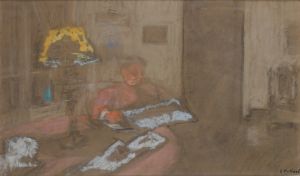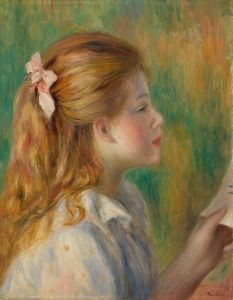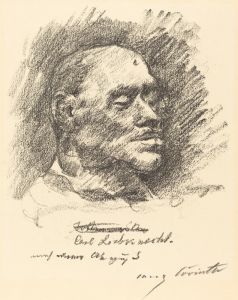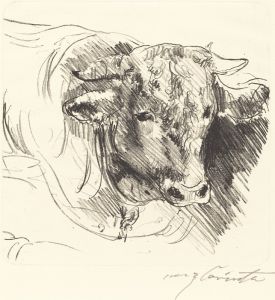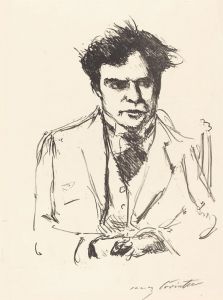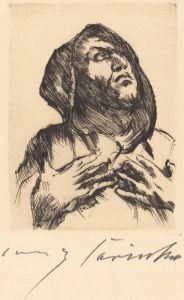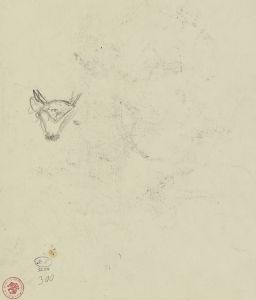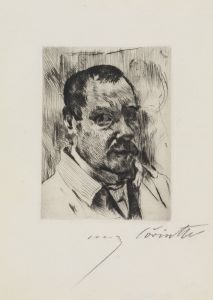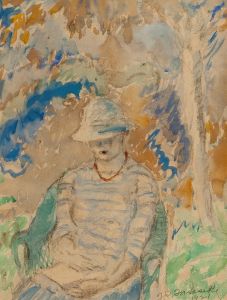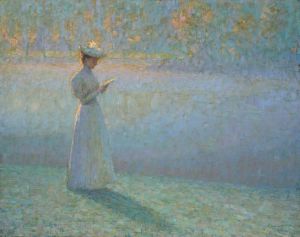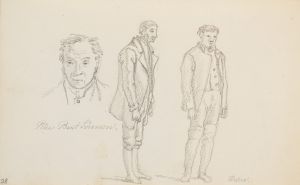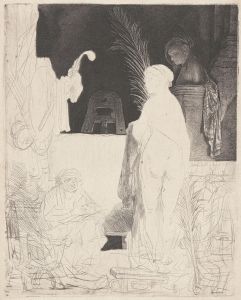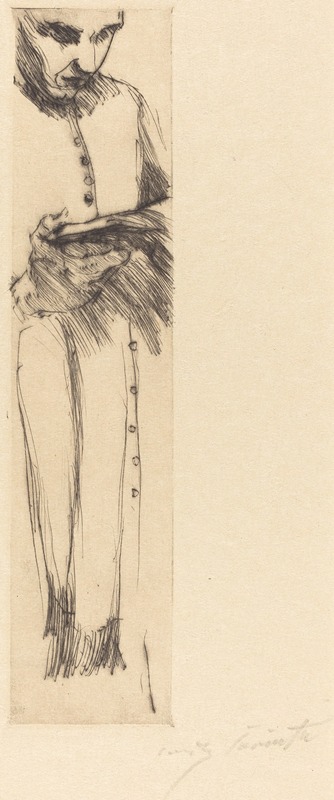
Priest Reading
A hand-painted replica of Lovis Corinth’s masterpiece Priest Reading, meticulously crafted by professional artists to capture the true essence of the original. Each piece is created with museum-quality canvas and rare mineral pigments, carefully painted by experienced artists with delicate brushstrokes and rich, layered colors to perfectly recreate the texture of the original artwork. Unlike machine-printed reproductions, this hand-painted version brings the painting to life, infused with the artist’s emotions and skill in every stroke. Whether for personal collection or home decoration, it instantly elevates the artistic atmosphere of any space.
Lovis Corinth was a prominent German painter and printmaker, known for his significant contributions to the transition from Impressionism to Expressionism in the late 19th and early 20th centuries. One of his notable works is "Priest Reading," which exemplifies his skill in capturing the essence of his subjects with a blend of realism and expressive brushwork.
"Priest Reading" was painted in 1894, during a period when Corinth was deeply engaged in exploring various themes and styles. This painting reflects his interest in religious and introspective subjects, a theme that recurs in several of his works. The painting depicts a priest engrossed in reading, a subject that allows Corinth to delve into the character and mood of the scene with his characteristic attention to detail and texture.
In "Priest Reading," Corinth employs a rich palette and dynamic brushstrokes to convey the solemnity and concentration of the priest. The use of light and shadow is particularly noteworthy, as it highlights the contours of the priest's face and the folds of his garments, creating a sense of depth and realism. The background is kept relatively simple, ensuring that the viewer's focus remains on the figure of the priest and the act of reading, which is central to the composition.
Corinth's technique in this painting demonstrates his mastery of both color and form. The brushwork is fluid yet controlled, allowing for a vivid portrayal of the textures of the priest's robes and the pages of the book. This attention to detail is balanced by a broader, more expressive approach to the overall composition, characteristic of Corinth's style during this period.
The painting is also significant for its psychological depth. Corinth captures not just the physical likeness of the priest but also conveys a sense of introspection and contemplation. This ability to depict the inner life of his subjects is a hallmark of Corinth's work and contributes to the enduring appeal of his paintings.
"Priest Reading" is housed in the Museum der bildenden Künste in Leipzig, Germany. It remains an important piece within Corinth's oeuvre, illustrating his transition from the more traditional approaches of his early career to the more expressive and dynamic style that would define his later works. The painting is a testament to Corinth's ability to blend realism with expressionism, capturing both the physical and emotional presence of his subjects.
Overall, "Priest Reading" is a fine example of Lovis Corinth's artistic prowess and his contribution to the development of modern art. Through this work, viewers can appreciate the nuanced interplay of light, color, and emotion that characterizes Corinth's approach to painting, making it a valuable piece for both art historians and enthusiasts alike.





